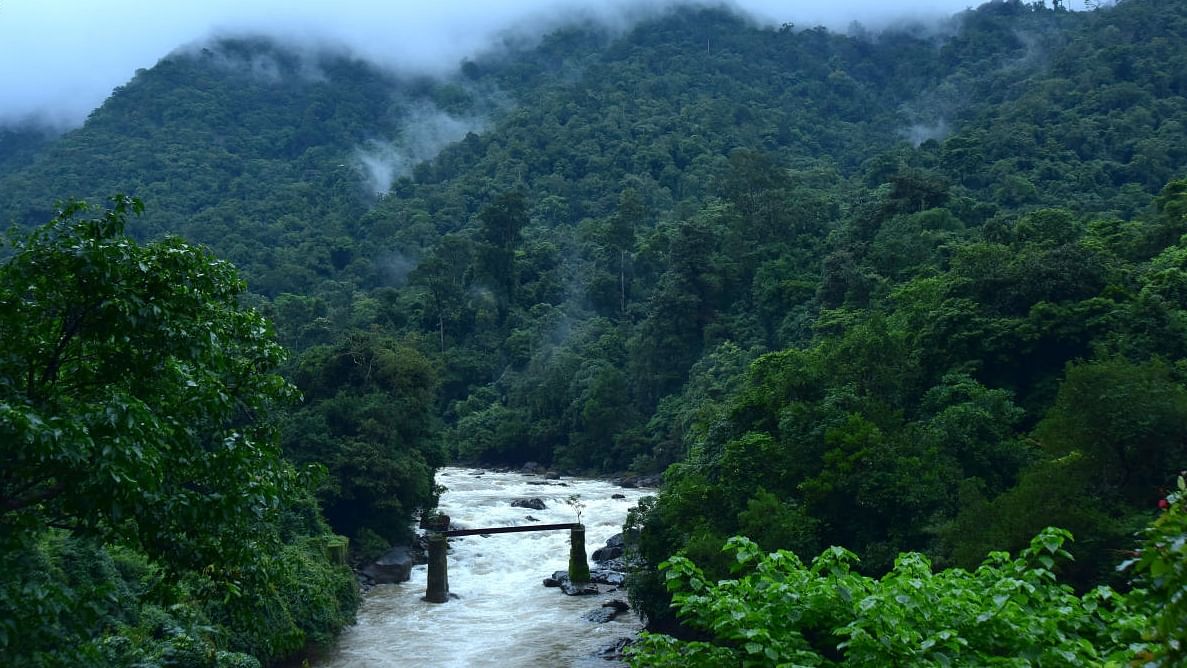
Drilling, blasting and cutting hill sections are necessary for the construction of the tunnel in the Shiradi Ghat section along with the ‘cut and fill’ method at some sections, a pre-feasibility study on the proposed project has said.
Experts from four Japanese companies, who worked on the ‘Study on Road Improvement Project for Shiradi Ghat Stretch in India’, speak of the risks while advocating the project.
Their expertise has laid the foundation for the detailed project report (DPR) submitted to the Union government.
The report suggested 22.8 km of four-lane connectivity between Gundia and Maranahalli with the project consisting of six tunnels (13.84 km) and five bridges. The remaining section would be levelled through the cut-and-cover method. One of the bridges will come above the deepest valley on the stretch with the maximum depth measured at 140 metres.
The report has recommended a mix of tunnel and bridge sections to conform with the international standards for tunnels which allow the transportation of hazardous materials.
The report notes that the work will take place in a highly sensitive reserve forest which links the Kudremukh National Park in the northwest and the Pushpagiri Wildlife Sanctuary in the southern side.
Noting that the area is key for the movement of animals between the two protected areas, the study said the project area is included in the same ecological system. It has listed elephants, tigers, leopards, Gaur, striped hyenas, lion-tailed macaques and other animals in the project area and surroundings.
“Gundia Indian Frog and Kottegehara Bush Frog live near the project area. They are categorised as critically endangered in the International Union for Conservation of Nature (IUCN) Red List,” it said, explaining that the degradation of the living environment and expansion of agriculture have had a direct impact on the two species.
The study has sought a geological investigation, like borings and the necessary seismic data through elastic wave exploration. “It is assumed that the geology of the tunnel excavation area is granite-gneiss and the tunnel excavation method is drill and blast method,” it said, recommending measures to reduce noise and vibrations.
Sources told DH that the DPR for the project has been submitted to the Ministry of Road Transport and Highways (Morth) and pointed to minister Nitin Gadkari’s assurance that it will be finalised soon.
Gadkari has assured Dakshina Kannada MP Nalin Kumar Kateel that the DPR has estimated the cost at Rs 15,000 crore.
An official said the environmental impact assessment should take into consideration the risk caused by the Yettinahole project.
“Collection of huge quantities of water in the dam above and blasting the ghats to lay pipes has damaged the fragile area. In fact, a post-project assessment has to be done to understand the time required for the recovery of the ecosystem. We need to learn from the Joshimath tragedy,” he said.